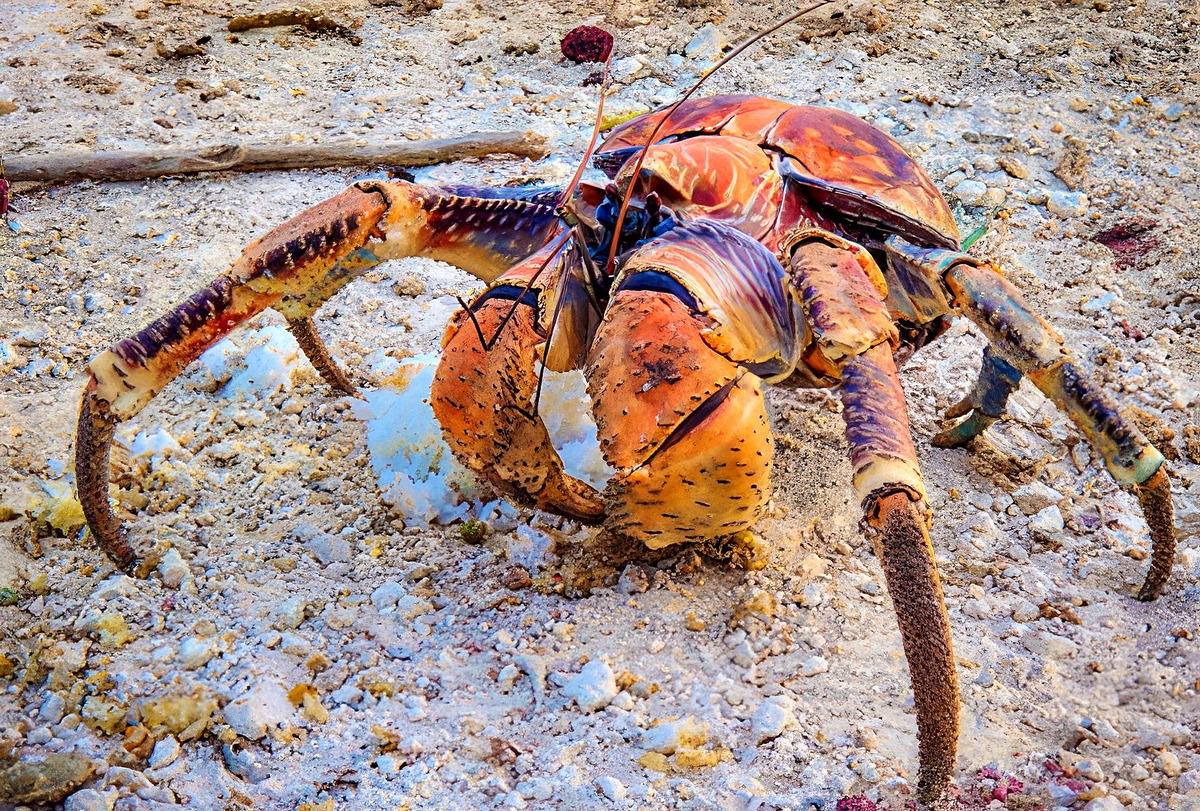🧭 A Legendary Aviator’s Tragic Fate
In 1937, the renowned American aviator Amelia Earhart embarked on an ambitious journey to circumnavigate the globe. Her daring attempt, however, was met with an enigmatic fate. On July 2nd, Earhart and her navigator, Fred Noonan, took off from Lae, New Guinea, en route to Howland Island, but they never arrived at their destination. 🛩️ Despite an extensive search by the U.S. Navy over 39,000 square kilometers of ocean, no trace of their aircraft was ever found. 🔭
Years later, a clue emerged – reports of possible human activity on the uninhabited Gardner Island (now known as Nikumaroro). Investigators speculated that Earhart and Noonan might have crash-landed on the island, but the true cause of their disappearance remained shrouded in mystery. 🕵️♂️ The International Group for Historic Aircraft Recovery (TIGHAR) became deeply involved in unraveling this enigma, proposing a startling theory that the remains of the missing aviators might have been devoured by none other than the formidable coconut crab.
🦀 Enter the Coconut Crab
To support their hypothesis, TIGHAR conducted a bizarre experiment – they placed a pig carcass at the base of a tree and filmed the process. 🎥 Within a week, the pig’s remains had been consumed, with even some bones dragged away by the coconut crabs. This led TIGHAR to speculate that the fragmented human bones found on Gardner Island in 1940 could have been the result of coconut crab activity. 🔍
However, subsequent DNA evidence ultimately refuted TIGHAR’s theory, revealing that the bones did not belong to Earhart or Noonan. Nevertheless, the experiment shed light on the remarkable scavenging capabilities of these terrestrial crustaceans, leaving many in awe of their formidable presence in the natural world.
🌍 The Terrestrial Odyssey of the Coconut Crab
Despite their imposing appearance and reputation, coconut crabs have a fascinating life cycle that mirrors the evolution of life from ocean to land. 🌊🌳 Born in the sea, their larvae hatch and feed on plankton before settling on the ocean floor and finding an empty shell to inhabit, much like their hermit crab cousins. 🐚 This transition from marine to terrestrial existence is a remarkable journey that unfolds over several years.
At around 2-3 years old, the young coconut crabs begin developing a hardened exoskeleton, allowing them to shed their borrowed shells and venture onto land, where they embark on a terrestrial journey lasting up to 100 years. 🌴 Remarkably, they even develop a lung-like structure, completely severing their ties to the ocean. 🫁 This adaptation is a testament to their determination to conquer the land, mirroring the evolutionary path taken by countless other species throughout Earth’s history.
🍲 The Omnivorous Appetite of the Coconut Crab
True to their name, coconuts are a staple in the coconut crab’s diet, but their culinary adventures extend far beyond that. 🥥 With their powerful claws, capable of exerting a force of up to 3,300 newtons (comparable to a lion’s bite), they can crack open a wide variety of nuts, fruits, and even tree bark with ease. 💪 Their impressive strength, combined with their versatile diet, allows them to thrive in diverse environments and exploit a wide range of food sources.
But their omnivorous appetite doesn’t stop there – coconut crabs are known to scavenge on animal carcasses, bird eggs, and even their own molted exoskeletons, acting as nature’s efficient recyclers. 🦴🐣♻️ This opportunistic feeding behavior has earned them the nickname “robber crabs,” as they are not averse to snatching food and non-edible items from unsuspecting humans. 🕷️🍽️
In one remarkable incident, a family vacationing on Christmas Island, an Australian territory in the Indian Ocean, encountered a horde of 52 coconut crabs invading their camping site in 2020. 🏕️ Initially alarming, the crabs meant no harm; they were simply drawn by the tantalizing scent of the family’s barbecue. 🍖🔥 This event highlighted the coconut crab’s opportunistic nature and their reputation as fearless scavengers, willing to venture into human territory in pursuit of a meal.
🏞️ Ecological Significance and Conservation Efforts
Beyond their fascinating biology and behavior, coconut crabs play a crucial role in the ecosystems they inhabit. As scavengers and decomposers, they help recycle nutrients and maintain the delicate balance of their environments. 🌳🌿 However, their populations have faced significant threats due to habitat loss, overharvesting, and introduced predators such as rats and pigs.
Conservation efforts have been undertaken to protect these remarkable creatures, with several islands designated as protected areas for coconut crabs. 🌎 Raising awareness about their importance and implementing sustainable management practices are crucial steps in ensuring the long-term survival of these terrestrial conquerors.
🌐 The Coconut Crab’s Relentless Conquest
From their oceanic origins to their terrestrial reign, the coconut crabs’ journey is a remarkable tale of adaptation and perseverance. 🌊🌳 Their impressive strength, cunning survival strategies, and ability to thrive in diverse environments make them a fascinating subject of study and a testament to nature’s resilience. 🔬
As we continue to explore and understand the intricate web of life on our planet, the coconut crab stands as a captivating reminder of the wonders that await us in the most unexpected corners of the natural world. 🌍✨ Their remarkable journey from the depths of the ocean to the canopies of tropical forests inspires awe and appreciation for the incredible diversity and resilience of life on Earth.
Through ongoing research, conservation efforts, and public education, we can ensure that these extraordinary creatures continue to thrive, serving as living emblems of nature’s ability to conquer new frontiers and adapt to ever-changing environments. 🌳🌊🦀
Copyright © 2025 Hea1th.net

